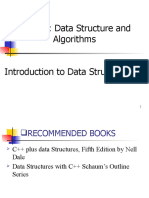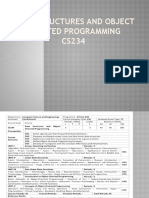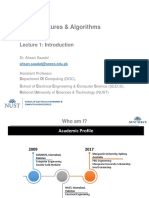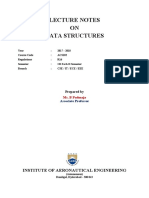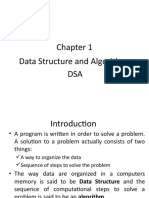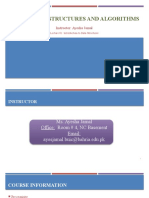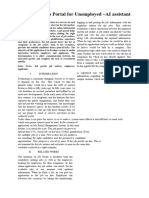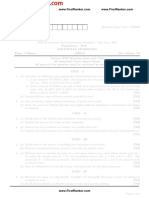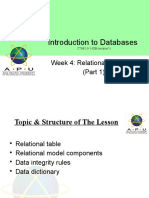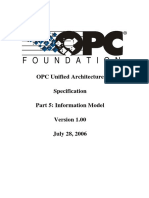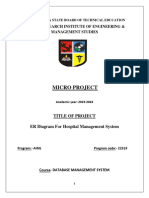0% found this document useful (0 votes)
69 views53 pagesChapter 1-Introduction Part 1
This document provides an introduction to data structures and algorithms. It defines data structures as a way to organize data to make it easier to use, and defines algorithms as step-by-step procedures to solve computational problems. The document then discusses abstract data types, common data structures like stacks, queues, and lists, and ways to classify data structures. It also reviews arrays and pointers before defining properties of algorithms and providing examples of writing algorithms.
Uploaded by
AdsbymeCopyright
© © All Rights Reserved
We take content rights seriously. If you suspect this is your content, claim it here.
Available Formats
Download as PDF, TXT or read online on Scribd
0% found this document useful (0 votes)
69 views53 pagesChapter 1-Introduction Part 1
This document provides an introduction to data structures and algorithms. It defines data structures as a way to organize data to make it easier to use, and defines algorithms as step-by-step procedures to solve computational problems. The document then discusses abstract data types, common data structures like stacks, queues, and lists, and ways to classify data structures. It also reviews arrays and pointers before defining properties of algorithms and providing examples of writing algorithms.
Uploaded by
AdsbymeCopyright
© © All Rights Reserved
We take content rights seriously. If you suspect this is your content, claim it here.
Available Formats
Download as PDF, TXT or read online on Scribd
/ 53






